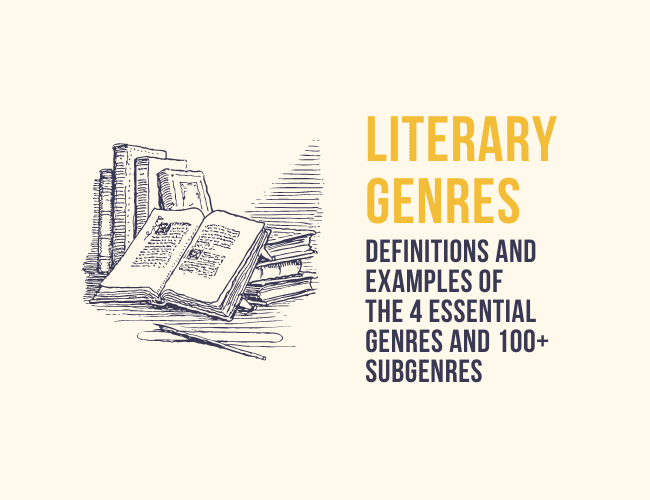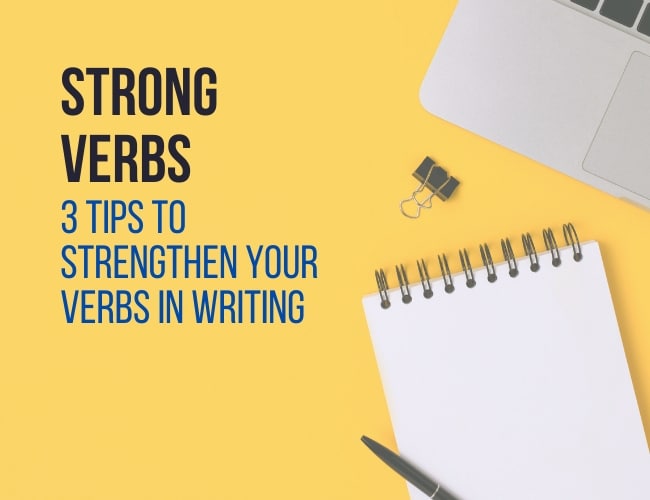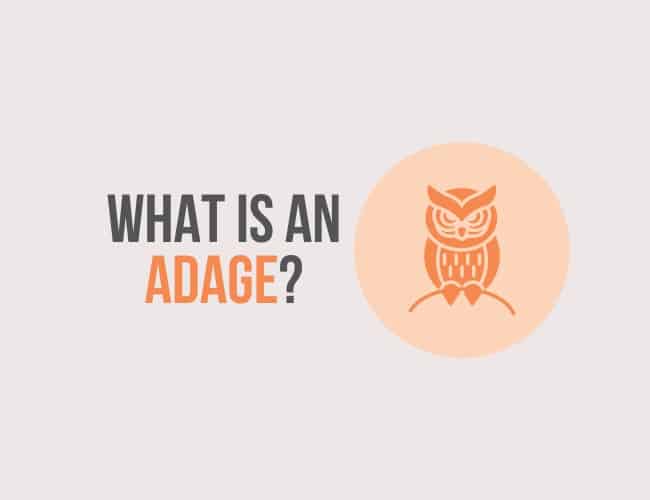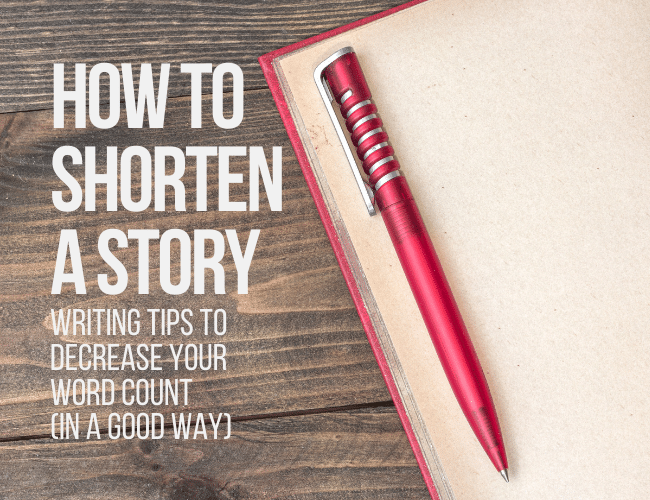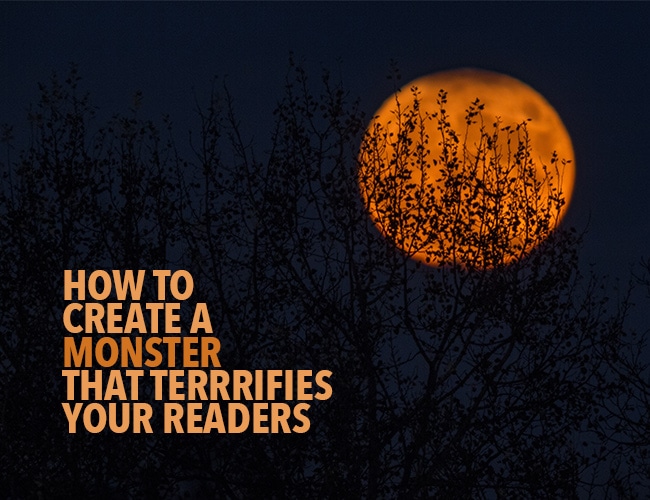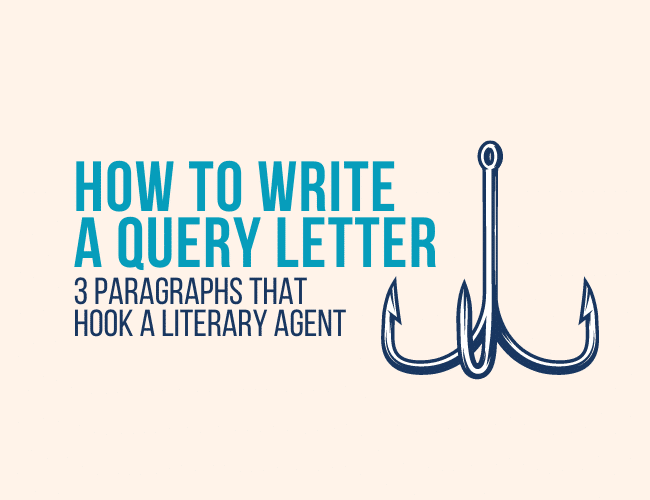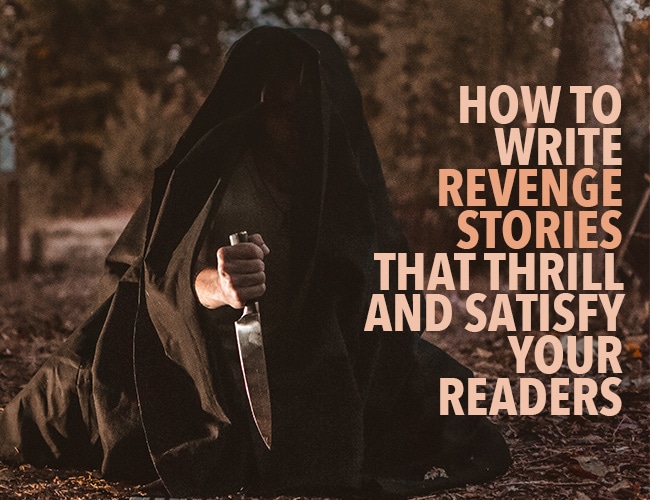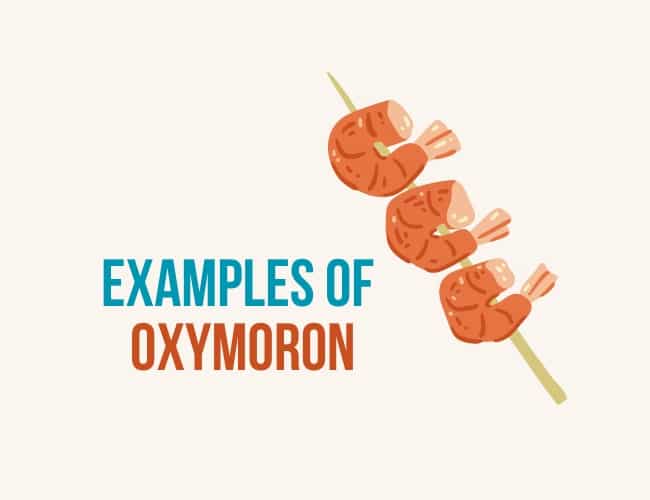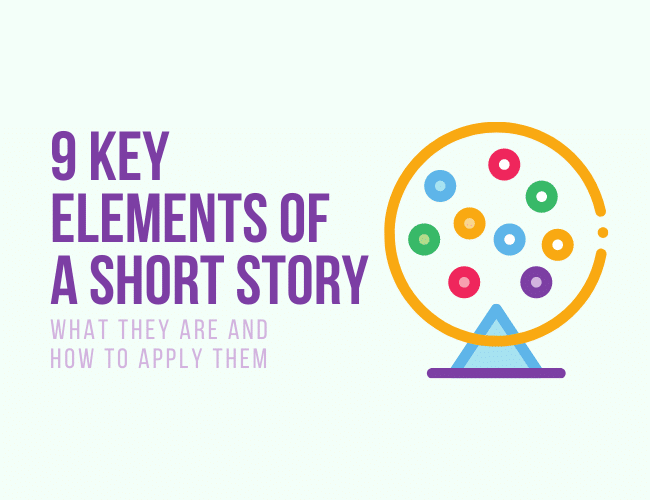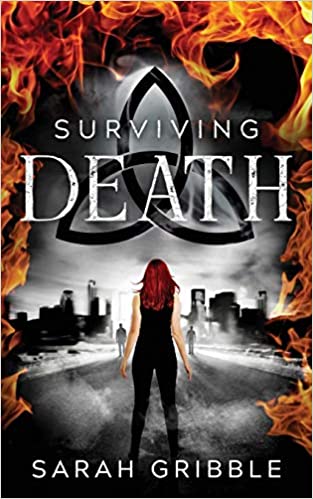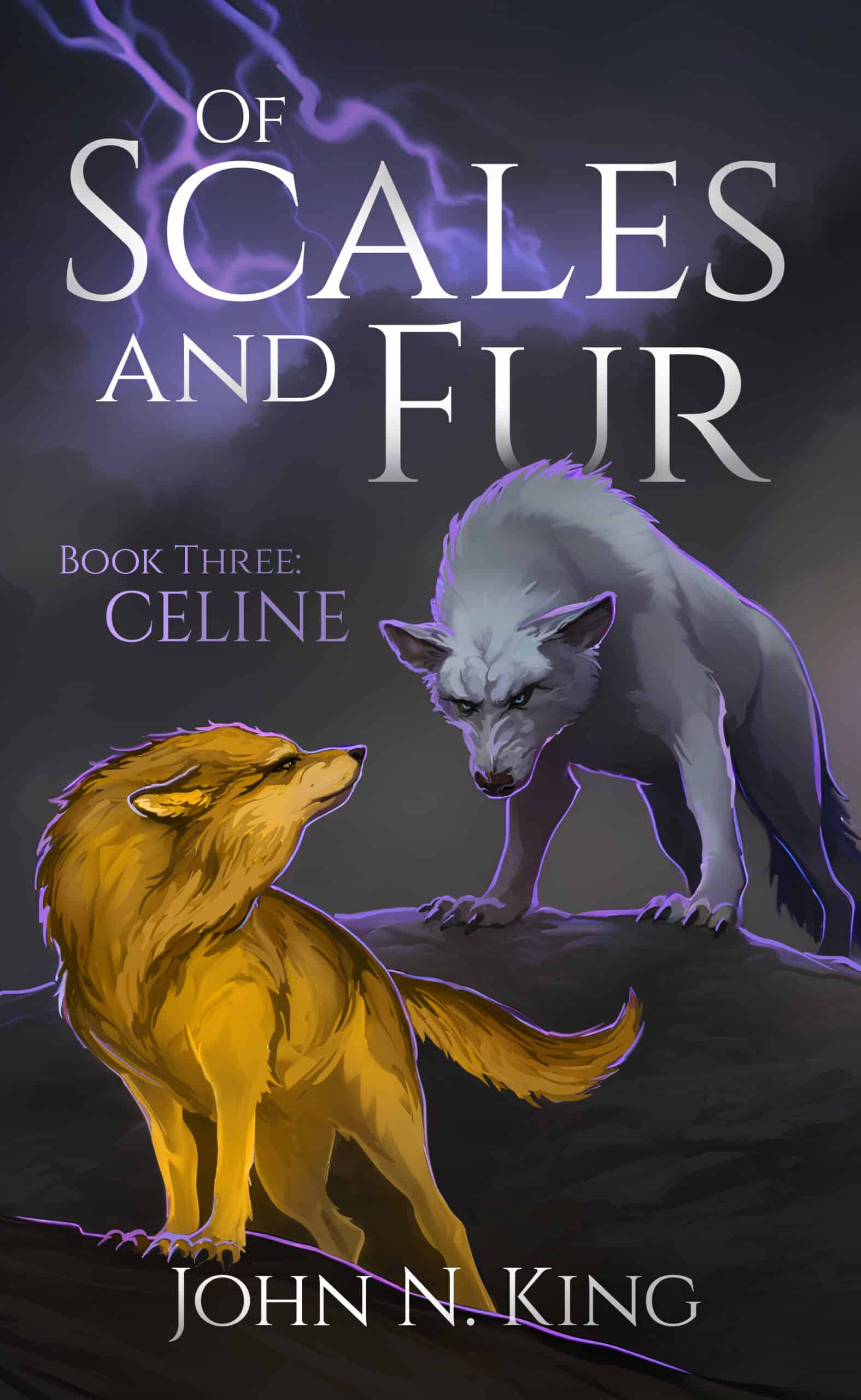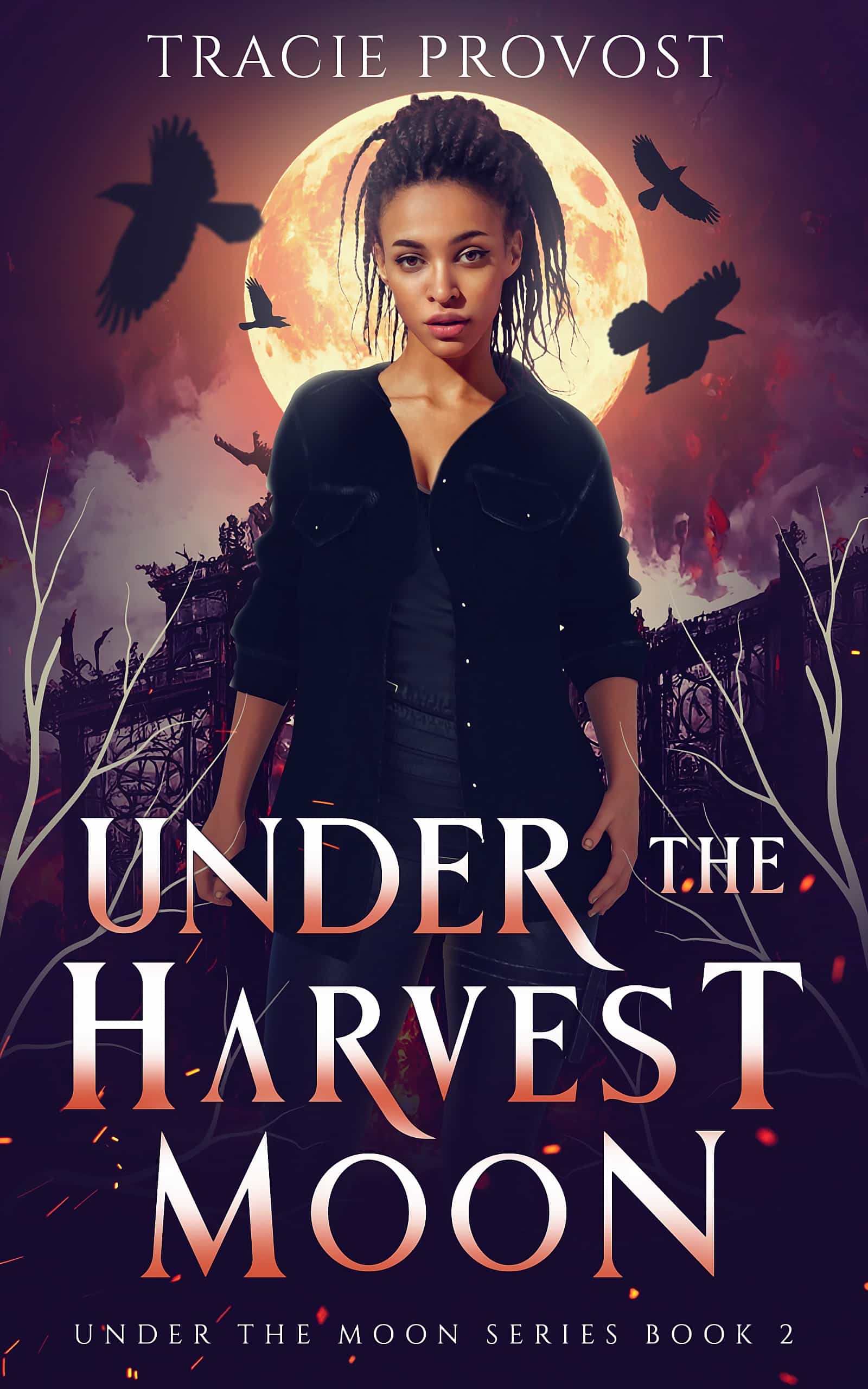Being an indie author comes with its pros and cons. For me, I enjoy having control over the process from start to finish. One of the disadvantages of self-publishing is you do not own your customer list when people buy your book from Amazon or another online retailer.
That means you and your book are at the mercy of the retailer to market to potential readers. The ‘zon is not going to hand over their customer list to you. You have to build your own list, and BookFunnel can help.

